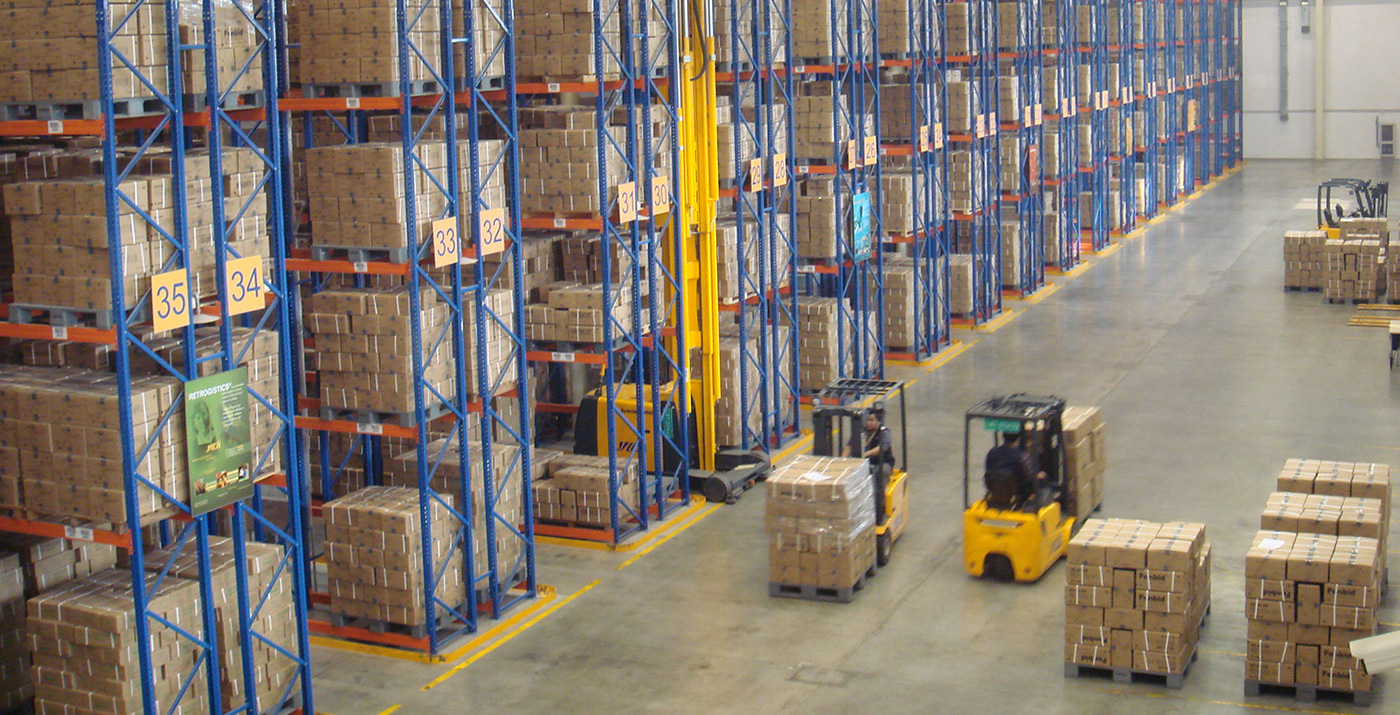
Eight of Asia Pacific’s logistics hubs are considered ‘global’ and will continue to dominate until 2030 according to CBRE’s recently launched Asia Pacific Logistics Hubs 2015 report. These Asia Pacific hubs include: Greater China’s Hong Kong, Guangzhou, Shanghai, Shenzhen, Tianjin; Japan’s Tokyo, Osaka-Kobe; and Singapore. In order to produce this latest report, CBRE developed a new model for ranking the region’s logistics hubs based on primary demand drivers: Infrastructure developments, market demand and the business environment. The report categorises hubs as global, regional or local.
The report reveals that Asia Pacific’s global hubs share strong similar characteristics, while improvements in infrastructure, stronger population growth—particularly in China—and additional trade agreements between nations are helping to normalise the differences between these global hubs, making them more equal in logistics importance.
The report found, however, that other emerging regional and local hubs, such as China’s Chengdu, Fuzhou, Hangzhou, Ningbo; India’s Delhi, Mumbai; South Korea’s Busan; and Vietnam’s Ho Chi Minh City, are also growing in importance due to the shift in low-end manufacturing, rising consumption power, infrastructure and policy developments.
“We expect the current dominant global hubs to remain strong in 2030,” says Dennis Yeo, managing director, industrial & logistics services, CBRE Asia. “The drivers of infrastructure, market demand and the business environment are expected to remain robust in these hubs. These hubs are located along the major trade corridors, connected to major international transportation networks, contain large amounts of prime logistics space and have a variety of sophisticated logistics operators.”
The relatively stronger population growth and migration rate into the Chinese global hubs — Guangzhou, Shanghai and Shenzhen — are making these hubs more consumption driven, the report noted. In Japan, despite low population growth, Tokyo is still forecasted to be the largest urban agglomeration in the world in 2025, which helps the city remain a prime consumer market.
And in addition to China opening more free trade zones, recent negotiations were concluded on the Trans-Pacific Partnership (TPP). The world’s largest free trade agreement is expected to increase trade flows and lower cost of goods for participating Asia Pacific countries. China and Japan are also spending heavily on infrastructure and gradually reducing tariffs to support the movement of goods.
Emerging Regional and Local Hubs in 2030
While the current global hubs will remain dominant in 2030, several emerging hubs are set to rise in significance, regionally and locally, CBRE said in the report. “With these regional and local hubs in Asia Pacific growing rapidly, they will continue to shape the future supply chain of logistics, improving the economic outlook among the region.
“Despite certain challenges in the sector—lack of modern logistics stock, restrictions on foreign ownership, transparency concerns i.e. corruption issues, uncertainty of trade agreements— these hubs will play an increasingly important role in bringing a multitude of opportunities for the region, as well as globally,” said Henry Chin, head of research, CBRE Asia Pacific. “Long-term demand for logistics remains solid—identifying these logistics hubs is important for occupiers, developers, and investors alike.”
China: The global hub of Shanghai has long been a strong manufacturing base for the heavy industry, however, due to rising land/manufacturing costs, manufacturing and logistics bases have relocated to the surrounding areas of Hangzhou, Ningbo and Suzhou, as well as into western China in Chengdu. Infrastructure—for example the ‘One Belt, One Road’ project—is a key component for logistics hub development. Kunming is also another classic example of an infrastructure-led improvement. The Kunming-Singapore Railway project aims to be a key link between China and many ASEAN countries via land, connecting Kunming to Myanmar, Vietnam, Thailand, Malaysia and Singapore. The improved connectivity should increase the flow of goods through Kunming, making it a key logistics hub in the future.
India: Moving up to regional status, Delhi and Mumbai are expected to become regional hubs by 2030, due to a combination of strong population growth, growing consumption power, rising income levels, and favorable government policies. India’s infrastructure spending is expected to grow in order to accommodate its rapidly expanding economy and population. The US$90 billion-worth Delhi-Mumbai Industrial Corridor (DMIC) is a keystone infrastructure project that aims to boost the manufacturing capabilities and logistics efficiency in the northwest of India, connecting the large consumption base in Delhi to the manufacturing center in Mumbai.
South Korea: Strong infrastructure investment and higher trade efficiency is expected to help Busan grow in logistics prominence. Due to its geographic location, Busan is a vibrant transshipment hub for north Asia. Port expansion and free economic zones should continue to bolster the transshipment business. On the back of the US$16.7 billion port infrastructure project by the Busan Port Authority, Korea is increasing its trade efficiency through free trade agreements. According to the World Trade Organization, Korea has 14 regional trade agreements ranking third in Asia Pacific.
Vietnam: Ho Chi Minh City’s strategic location to China, in particular to Kunming, and access to an improving Saigon port infrastructure is giving this city great potential for growth. For example, Saigon Hi-tech Park, a ten hectare logistics project, will help complete the supply chain around Ho Chi Minh City, improving its regional competitiveness.
Elsewhere in the Pacific, Australian logistics hubs are set to remain regionally important as a key supplier of commodities and agricultural products to the rest of Asia. While Western Australia will continue to be the key commodity hubs, Melbourne is the key international gateway to Australia’s industrial and consumer markets, aided by robust infrastructure investments. There are 17 major infrastructure projects in Victoria witthe government estimating a need for US$7.7 billion of funds until 2019.









